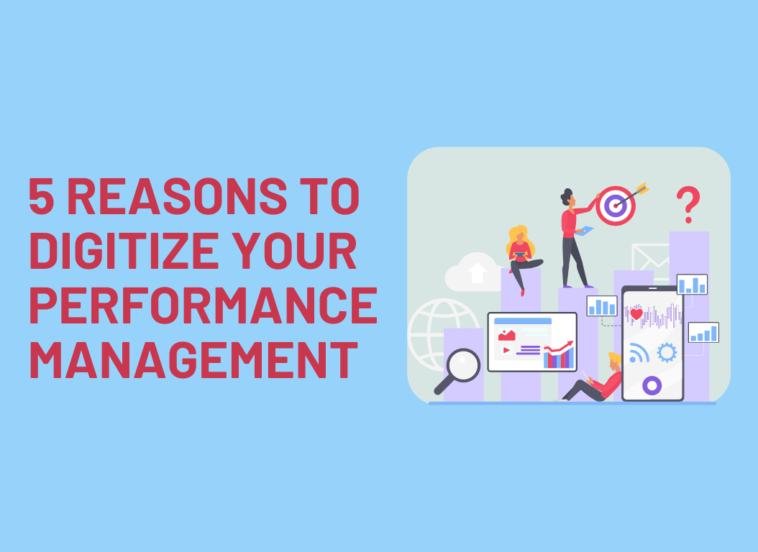The performance management process can be highly effective when implemented correctly, but it’s not easy to do correctly, as anyone who has tried knows. Digitizing your performance management process would be a great option to efficiently manage and monitor the operation.
While a few companies are still using manual performance review examples, most companies are digitizing the performance management process using performance management tools.
Digitizing your performance management will enable you to track the results you’re getting and make adjustments if necessary to ensure that everyone on your team is performing at their highest level.
If you want to know more about digitizing your company’s performance management process, here are five reasons why digitizing your performance management process can help take your business to the next level.
Table of Contents
Invitation To Performance Management Digitiziation
Here is your invitation to use our cutting-edge performance management system.You will experience seamless digitization and unlock the power of data-driven insights Revolutionize your approach and have a look at what Teamflect offers for a future of efficient and impactful performance management.



